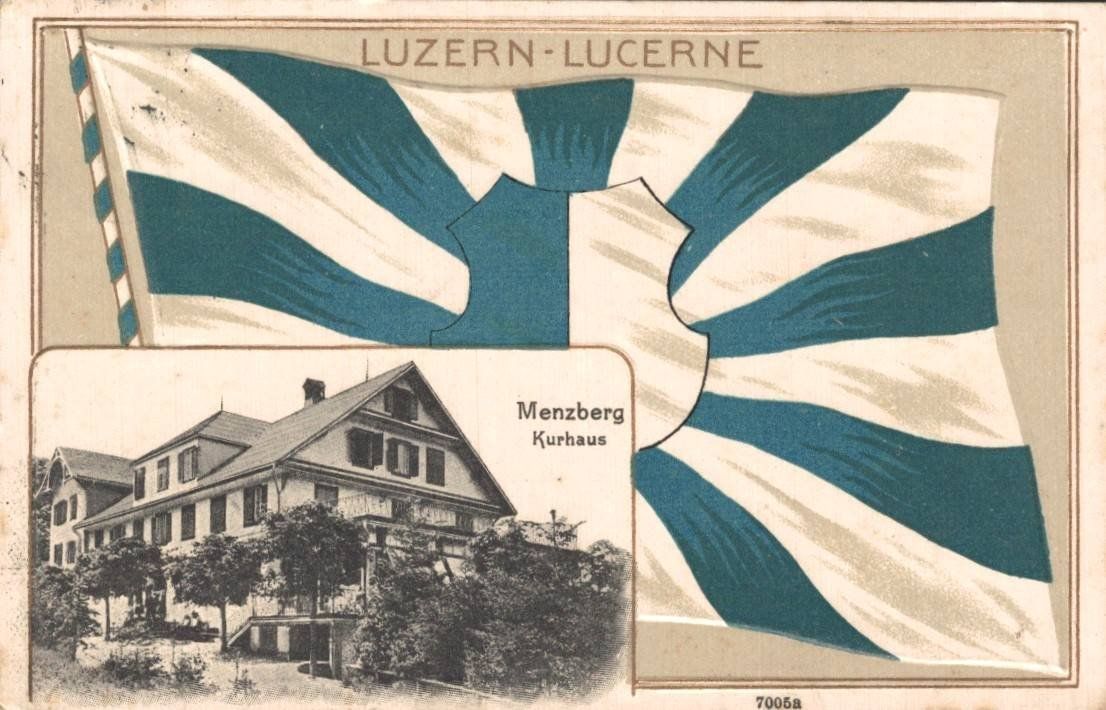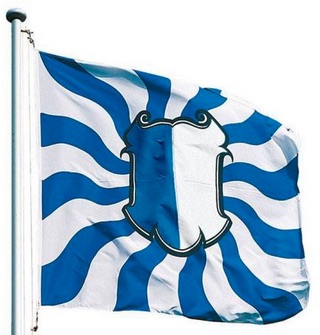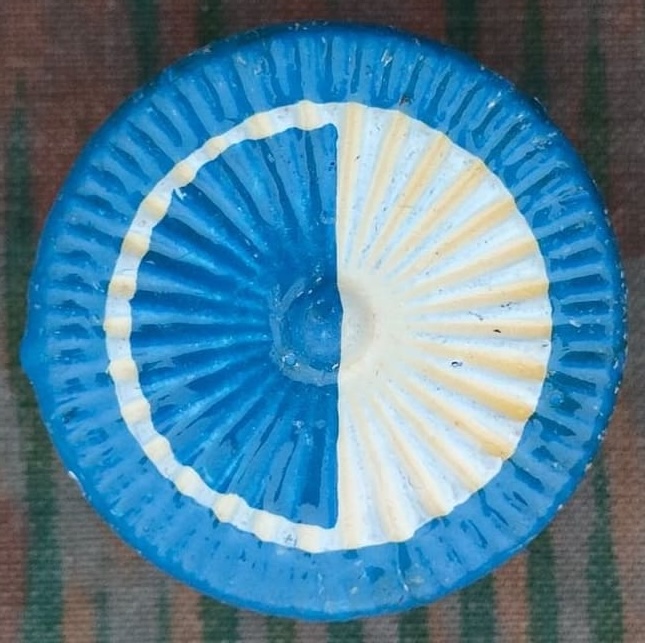![[Flag of Luzern]](../images/c/ch-lu.gif) image by T.F. Mills/António Martins
image by T.F. Mills/António Martins

Last modified: 2025-08-23 by martin karner
Keywords: switzerland | luzern | german |
Links: FOTW homepage |
search |
disclaimer and copyright |
write us |
mirrors
![[Flag of Luzern]](../images/c/ch-lu.gif) image by T.F. Mills/António Martins
image by T.F. Mills/António Martins
Description of the Flag
Per fess argent and azure.
Horizontally divided into equal parts white over blue.
T.F. Mills, 17 October 1997
Symbolism of the flag
The symbolism of the blue and white is lost to history, but there are
several possible explanations. In modern popular culture, the blue
represents lakes and the white represents snow-capped mountains –
which is a handy mnemonic for displaying the flag horizontally. A
second explanation is that these are the colours of the Virgin Mary.
A third explanation is that the Lucerne flag is taken from the arms
of the important von Littau family (per fess dancetty argent and
azure, i.e. identical but divided in zigzag fashion).
T.F. Mills, 17 October 1997
![[Colour Flag LU]](../images/c/ch-lu_56.gif) image
by Ole Andersen
image
by Ole Andersen
Rectangular cantonal flag, as shown in Kannik (1956) [So-called
colour flag (Farbenfahne in German)].
Ole Andersen, 4 August 2002
See also: STATE COLOURS in Dictionary of Vexillology
Coat of Arms
![[Flag of Lucerne]](../images/c/ch-lu).gif) image by António Martins-Tuvalkin,
3 January 2006
image by António Martins-Tuvalkin,
3 January 2006
Flaggen, Knatterfahnen and Livery Colours |
![[Knatterfahnen]](../images/c/ch-lu_kf.gif)
|
Flaggen are vertically hoisted from a crossbar in the manner of gonfanon, in ratio of about 2:9, with a swallowtail that indents about 2 units. The chief, or hoist (square part) usually incorporates the design from the coat of arms – not from the flag. The fly part is always divided lengthwise, usually in a bicolour, triband or tricolour pattern (except Schwyz which is monocolour, and Glarus which has four stripes of unequal width). The colours chosen for the fly end are usually the main colours of the coat of arms, but the choice is not always straight forward.
Knatterfahnen are similar to Flaggen, but hoisted from the long side and have no swallow tail. They normally show the national, cantonal or communal flag in their chiefs.
Željko Heimer, 16 July 2000
See also: HANGING FLAG, VERTICALLY HOISTED FLAG, LIVERY COLOURS in Dictionary of Vexillology

 images located by Martin Karner
images located by Martin KarnerAt the beginning of the 20th century, flamed flags were still in use, with the white cross replaced by
a (baroque) shield in the centre of the flag. These decorative flags had been used until WWII and then
somewhat forgotten in preference of the current cantonal flags. [Today they are being
produced again, see right image]
Pascal Gross, 30 June 2002
See also:
logo.jpg) image located by Martin Karner (8 May 2024)
image located by Martin Karner (8 May 2024)logo_old.jpg) image located by Martin Karner (8 May 2024)
image located by Martin Karner (8 May 2024) image located by Martin Karner
image located by Martin KarnerCockade for the cantonal troops' headgear (regulation from 1898, size: ca. 35 mm, reverse side).
Martin Karner, 14 March 2025
See also: Cockades (Swiss Army)